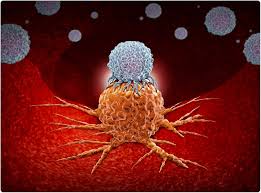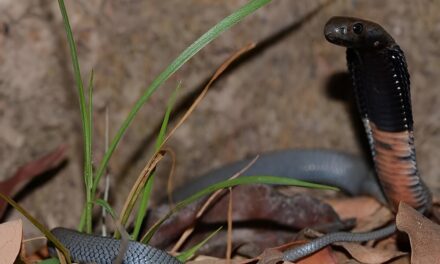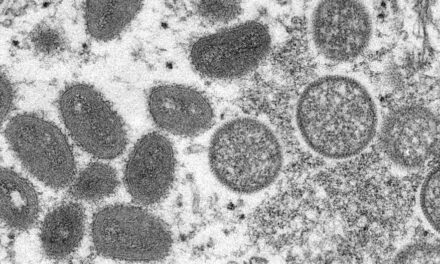A recent study from The University of Texas at Austin has revealed that key components of our immune system may have been inherited from our microbial ancestors, specifically a group of ancient microbes known as Asgard archaea. This groundbreaking discovery sheds light on how complex life forms, including humans, developed their first lines of defense against viral infections.
The study, published in Nature Communications, focuses on two crucial proteins, viperins and argonautes, which are integral to the immune systems of all complex life forms, from insects and plants to humans. The research team found that these proteins, previously thought to be unique to complex organisms, actually have their origins in Asgard archaea. These ancient microbes, named after the mythological Norse realm, are believed to have played a vital role in the evolution of eukaryotes, the group that includes all complex life forms.
The findings provide compelling evidence that eukaryotes, including humans, not only inherited structural proteins from Asgard archaea but also crucial components of their immune systems. Brett Baker, an associate professor of integrative biology and marine science and senior author of the study, emphasized the significance of this discovery. “It adds more support to the fact that the Asgards are our microbial ancestors,” Baker said. “It says that not only did eukaryotes get all these rich structural proteins that we’ve seen before in Asgards, now it’s saying that even some of the defense systems in eukaryotes came from Asgards.”
The research team identified a vast array of defense systems in archaea that were previously known only in bacteria. Among these, viperins and argonautes play critical roles in combating viral infections. Viperins detect foreign DNA, potentially indicating the presence of a virus, and alter it to prevent the virus from replicating. Argonautes, on the other hand, chop up foreign DNA to stop the virus from spreading. In more complex organisms, argonautes can also block viral proteins through a process known as RNA silencing.
Pedro Leão, an assistant professor at Radboud University in the Netherlands and a former postdoctoral researcher in Baker’s lab, highlighted the evolutionary importance of these defense mechanisms. “Viral infections are one of the evolutionary pressures that we have had since life began, and it is critical to always have some sort of defense,” Leão said. “When bacteria and archaea discovered tools that worked, they were passed down and are still part of our first line of defense.”
Using advanced techniques, the researchers compared immune-related proteins across the tree of life, identifying closely related versions in different organisms. An AI tool, ColabFold, was employed to predict whether proteins with similar amino acid sequences also shared similar three-dimensional structures, which are crucial for their function. The results indicated that viperins maintained their structure and function across diverse life forms.
The team then created a phylogenetic tree to illustrate the evolutionary relationships of these proteins. To confirm their findings, they cloned viperins from Asgard archaea genomes into bacteria and challenged the modified bacteria with viruses. The results showed that Asgard viperins provided significant protection, demonstrating their ancient role in immune defense.
Emily Aguilar-Pine, a former undergraduate researcher who contributed to the project, remarked on the broader implications of the study. “This research highlights the integral role cellular defenses must have played from the beginning of both prokaryotic and eukaryotic life,” Aguilar-Pine said. “It also inspires questions about how our modern understanding of eukaryotic immunity can benefit from unraveling some of its most ancient origins.”
The study’s findings underscore the critical contributions of Asgard archaea to the complexity of eukaryotic life, including the development of immune systems. “It’s undeniable at this point that Asgard archaea contributed a lot to the complexity that we see in eukaryotes today,” Leão concluded. “So why wouldn’t they also be involved in the origin of the immune system? We have strong evidence now that this is true.”
This research was supported by the Simons and Moore foundations, through the Moore-Simons Project on the Origin of the Eukaryotic Cell, and The Welch Foundation. The study’s authors include Mary Little, Kathryn Appler, Daphne Sahaya, Kathryn Currie, Ilya Finkelstein, and Valerie De Anda, all from The University of Texas at Austin.












